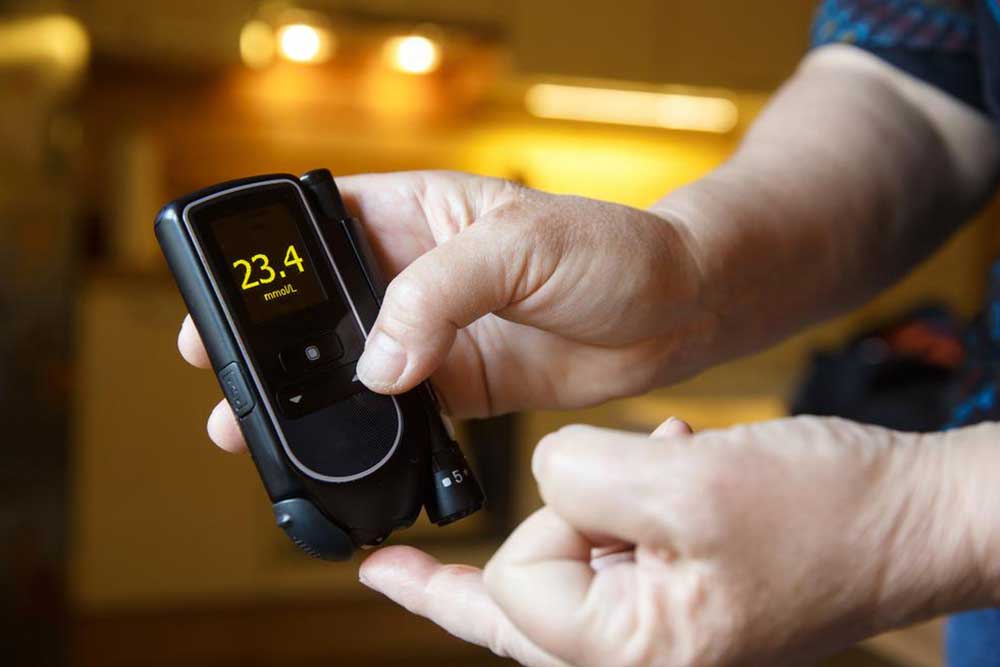Rethinking 'Normal' Blood Sugar Levels: What Recent Research Reveals
Recent research from Stanford University challenges the idea of 'normal' blood sugar levels, showing that healthy individuals experience significant fluctuations after meals. Monitoring these changes is vital for early prevention of diabetes and related health issues. Using innovative devices, scientists identified different blood sugar patterns, underscoring the importance of personalized health management. The study highlights that even those without diagnosed diabetes can experience risky glucose spikes, emphasizing the need for better understanding and regular monitoring of blood sugar levels.
Sponsored
Even if you don't have diabetes, your blood sugar can sometimes dip too low or soar too high. Maintaining consistent eating habits, staying active, and adhering to prescribed medications can help regulate these levels.
For diabetics, it’s vital to keep blood sugar within target ranges, which may involve multiple daily checks and regular blood tests such as the A1C, providing an overview of average levels over three months. Managing diet and medication is key in controlling the disease.

Blood sugar spikes throughout the day in both healthy and at-risk individuals, highlighting the importance of monitoring.
In the U.S., over 30 million people suffer from diabetes—about 10% of the population—while another 84 million have prediabetes. Blood sugar fluctuation patterns are central to diagnosing and managing these conditions. Standard tests like fasting glucose and HbA1c give snapshots over specific periods but miss daily shifts.
Researchers led by genetics professor Michael Snyder aimed to track these daily blood sugar variations in healthy people using continuous glucose monitors. They analyzed post-meal responses across individuals and identified distinct patterns, or 'glucotypes.' Their findings, published in PLOS Biology, shed light on the complexity of blood sugar dynamics.
Understanding Blood Sugar Variability
The study involved 57 adults averaging 51 years old, without diabetes. Using innovative monitoring devices, researchers captured real-time blood sugar data and assessed insulin resistance and secretion. This approach revealed three different patterns of blood sugar fluctuation among participants, emphasizing the nuanced nature of what is considered normal.






